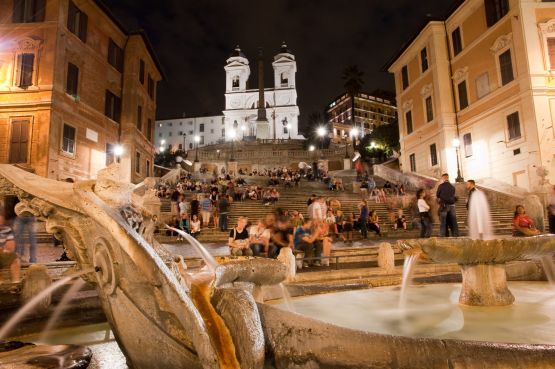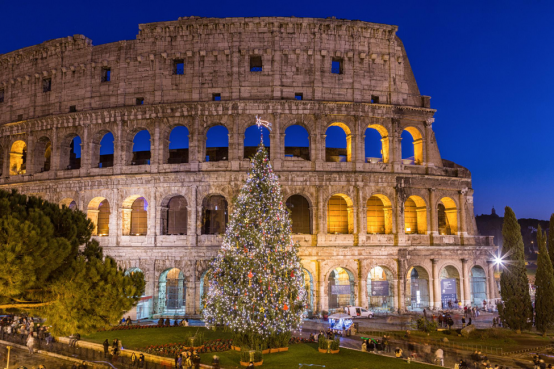There is nothing like a walking tour to truly follow the footsteps of those Ancient Romans and see what remains of the past amid all the modern construction of more recent generations.
While some opt for a bus tour for the convenience and ease, choosing to take the time to walk gives you a more personal experience of historic sites. Welsh poet W.H. Davies spent much of his life walking around different places and said beautifully:
“Now shall I walk or shall I ride?
‘Ride,’ Pleasure said;
‘Walk,’ Joy replied.”
There is something to be said not just for the joy but for the intimacy of walking to destinations, enjoying the journey and encountering the destination in a much more personal way. The pedestrian can choose to linger or examine objects of interest from different angles. Yes, it’s more work than sitting back in a coach bus for a drive-by viewing, but isn’t different what holidays are all about?
The sheer beauty of Italian cities and Rome in particular cries out for travellers to take time to really experience the sights on foot. As Rebecca Solnit says in Wanderlust: A History of Walking, “Italian cities have long been held up as ideals, not least by New Yorkers and Londoners enthralled by the ways their architecture gives beauty and meaning to everyday acts.” You won’t have a wasted step on any walk through Rome; there is always something to captivate your attention.
The Cradle of Roman Civilization
Here in the cradle of Roman Civilization our Ancient Rome Walking Tour will take you to see the ruins of the once glorious Roman Empire. Expert guides will bring history to life with informative and interesting commentary about Roman society, politics, and beliefs as they lead you to the sites constructed with precision and expert craftsmanship as early as the 8th century BC. One of the most historic sites is the Palatine, said to be the location of an ancient cave where a she-wolf raised human babies Romulus and Remus – the name Rome derived from the name of one of the boys.
Expect to learn details about the emperors and others who once cheered on gladiators in the Colosseum and went to the Forum to listen to the orators as they went about their banking, shopping, or as they were on their way to pay respect to one of their gods at a temple. Prepare to experience history in all its breathtaking splendour when you get true appreciation of the grandeur of the Constantine Arch by approaching it on foot. Visitors, awestruck by the detailed reliefs on this triumphal arch that is 21 metres (nearly 70 feet) tall, find it all the more impressive when they realize it was dedicated in 312 BC.
To walk where once the tyrant Caligula ruled and Nero had Christians burned and tortured, to see the interior workings of the Colosseum where Emperor Titus enjoyed watching chariot races and gladiatorial combat, and to gaze at architecture that is as awe-inspiring today as it was centuries ago is to truly experience Rome.
As Wendell Berry writes in his novel Remembering, once taking time to remember and reflect, “There comes…a longing never to travel again except on foot.”










Comments